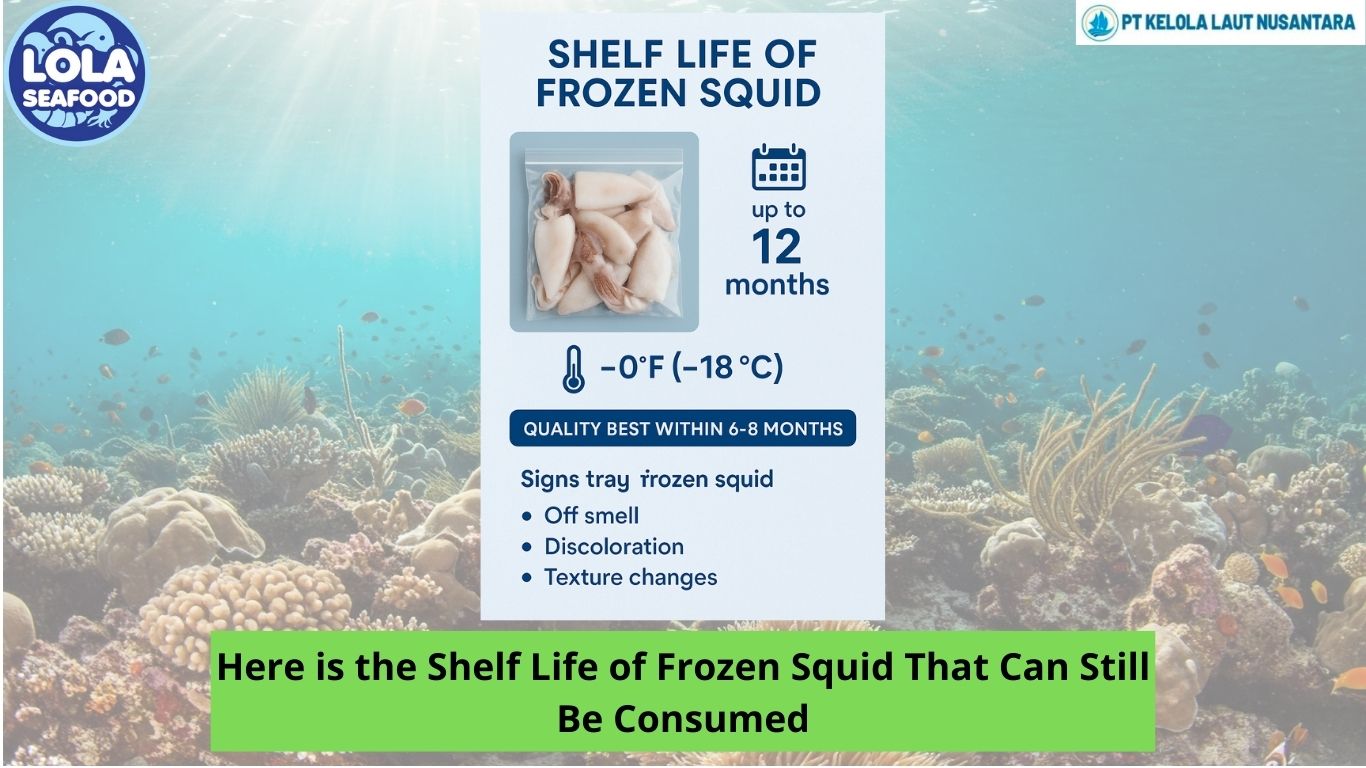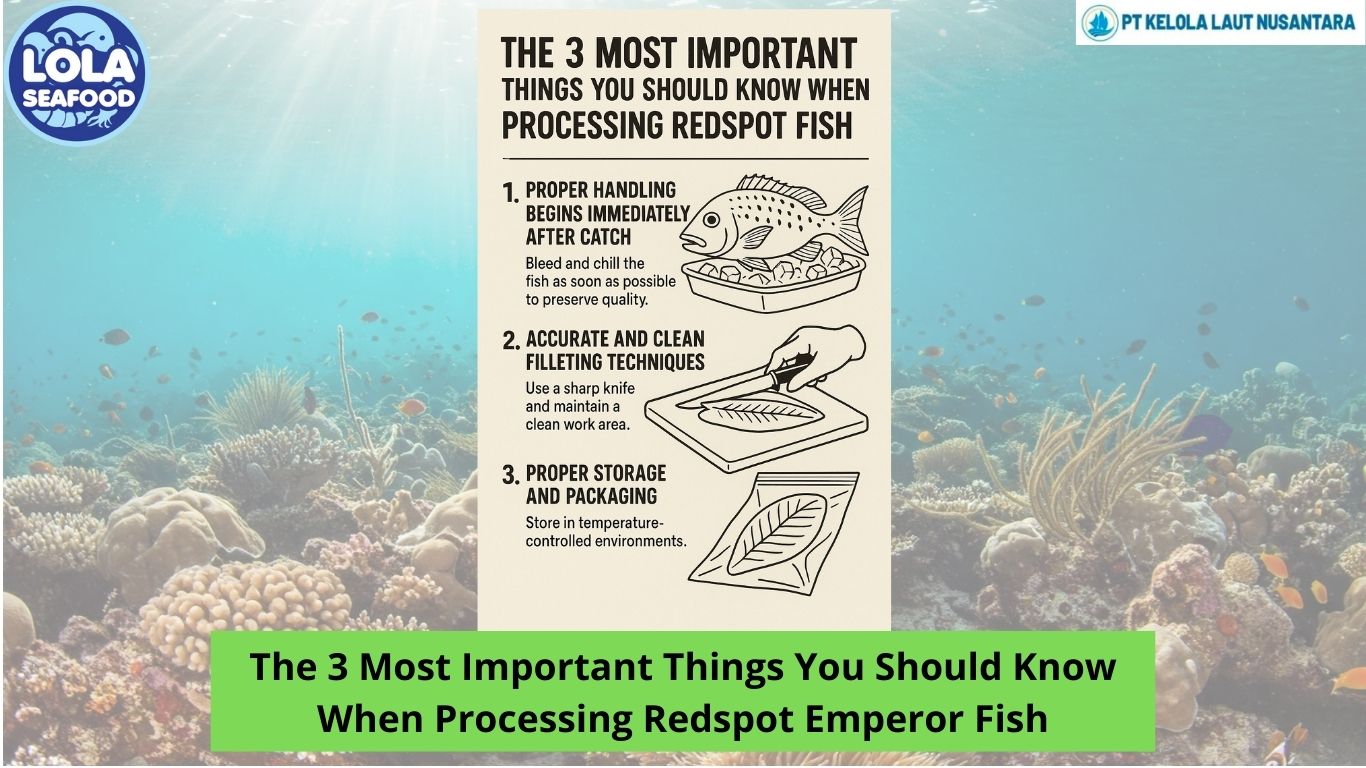FISH DURING FREEZING
By. Najih - 25 Oct 2024.jpg)
Codes of practice and regulations for quick freezing and cold storage of fish often recommend specific freezing rates and maximum temperatures during storage and distribution. The design of a freezer and the capacity of refrigeration machinery have to be carefully selected to match the desired rate of freezing and final temperature of a particular product. Accurate measurement of freezing time is essential in order to confirm the performance of newly installed plant, and to check periodically the proper operation of existing plant.
Since the freezing time of a product is the time taken for the whole of the fish to reach the desired temperature, it is essential that the temperature be measured at the point in the fish that reaches this temperature last. This point, sometimes called the thermal centre, does not necessarily coincide with the centre of a package or the middle of the thickest part of a fish; this will be so only when freezing takes place uniformly from all sides. It is not a simple matter to predict the location of the last part of the fish to freeze, nor is it easy to place accurately the end of the thermocouple at this point in the fish. Because of this uncertainty it is advisable to use a number of thermocouples on each occasion and, after examining the temperature-time curves, to reject the results from misplaced thermocouples.
The freezing times given by the correctly placed ones will be comparable, but not necessarily identical. There may be differences in freezing rate due to small air spaces in the pack, or to variation in degree of contact with the freezing medium; the position of the fish in the freezer and a number of other factors may also affect the result. Because of these variations, the freezing time of a product under specified conditions can be determined only after several tests with thermocouples in carefully selected places. The choice of positions in an air blast freezer, for example, would include fish nearest to, and furthest from, the incoming cold air, fish close to the tunnel walls and at top and bottom of the load, and at any other point where there is a likelihood of fish freezing faster or slower than the average. In a plate freezer, thermocouples would be inserted in fish close to comers and edges of the plates, as well as at the centre of the plate area, to make sure that any lack of uniformity of freezing becomes known. Once the performance of a freezer with a particular product has been established, subsequent periodic checks need not be so comprehensive, since only past and present performances are being compared.

.jpg)
.jpg)
.jpg)




